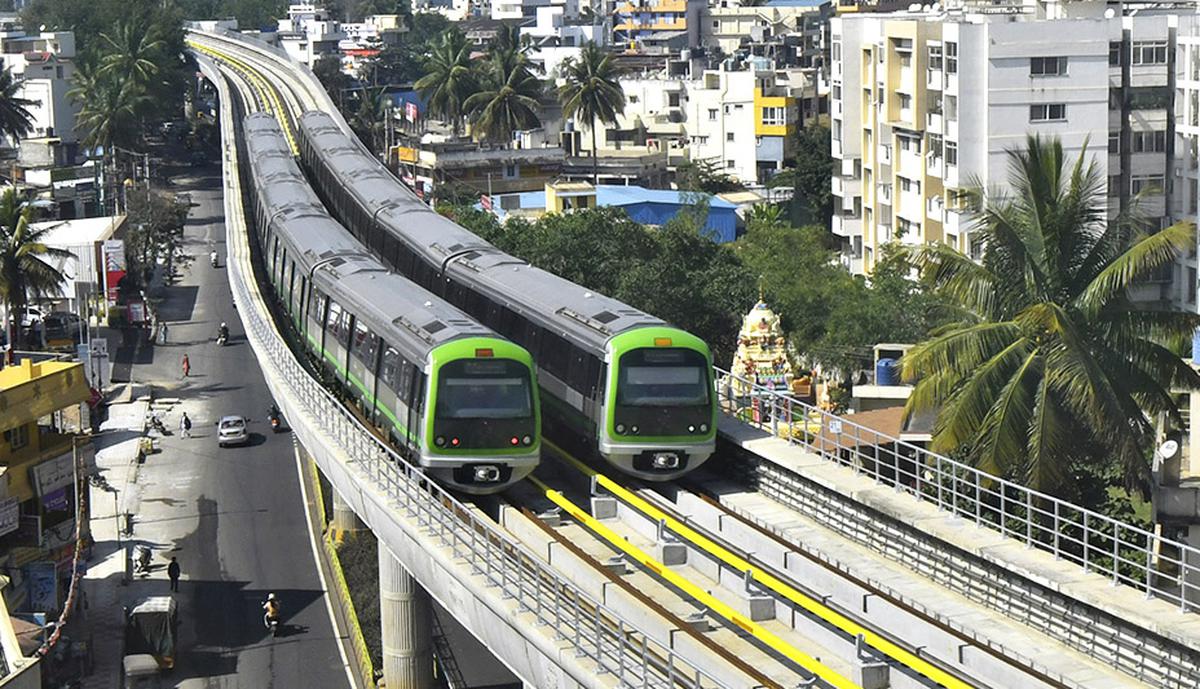
Bengaluru will have operational Namma Metro network of 175 km by June 2025, says BMRCL MD
The Hindu
BMRCL Managing Director Anjum Parwez advocated operation of bike taxis and carpooling in Bengaluru
Bengaluru city, which has an operational 55 km of metro lines, will have a network stretching 175km by June 2025.
Addressing a session on ‘future mobility’ at the Bengaluru Tech Summit 2022, BMRCL Managing Director Anjum Parwez said that work on Phase 2 and Phase 2A & B is under way at full swing. Under Phase 2A & B, the BMRCL is laying 55 km of metro lines from Central Silk Board to Kempegowda International Airport (KIA). By 2041, the metro network in Bengaluru will increase to 314 km as the BMRCL is adding new lines under Phase 3.
The biggest challenge in urban mobility is the integration of multi-modal transport systems and to persuade people to shift from personal transport modes to public transport.
“We are working with start-ups in mobility to provide last-mile connectivity to passengers. The BMRCL is also working on a transit oriented development where commuters live close to the stations and to the workplaces,” the official said.
The BMRCL intends to integrate all aggregators by introducing a mobility card for commuters.
The recently introduced QR code-based ticketing and UPI-based payment systems received good response from commuters as they eliminate the need to queue up to purchase tokens or recharge smart cards.
Mr. Parvez advocated operation of bike taxis and carpooling in Bengaluru.













